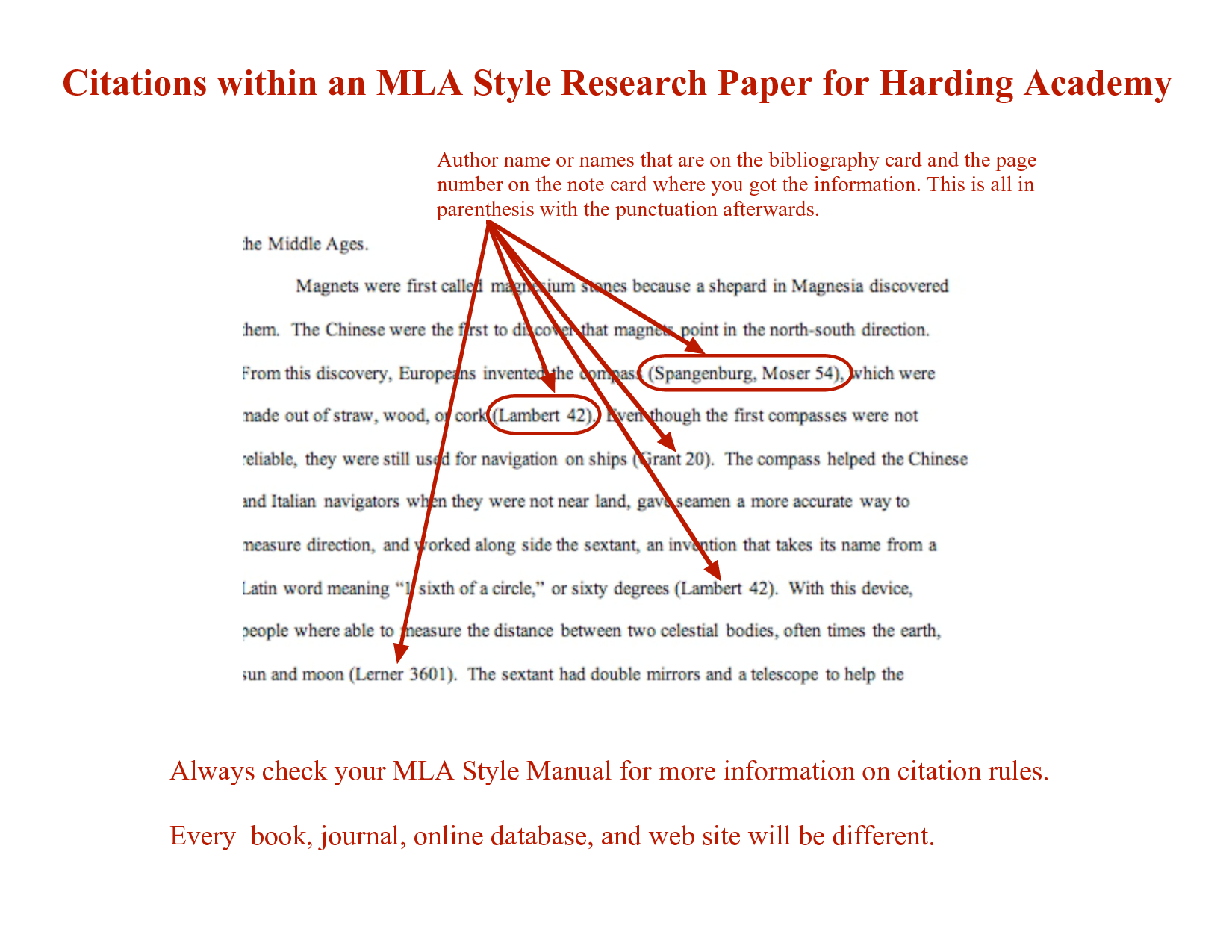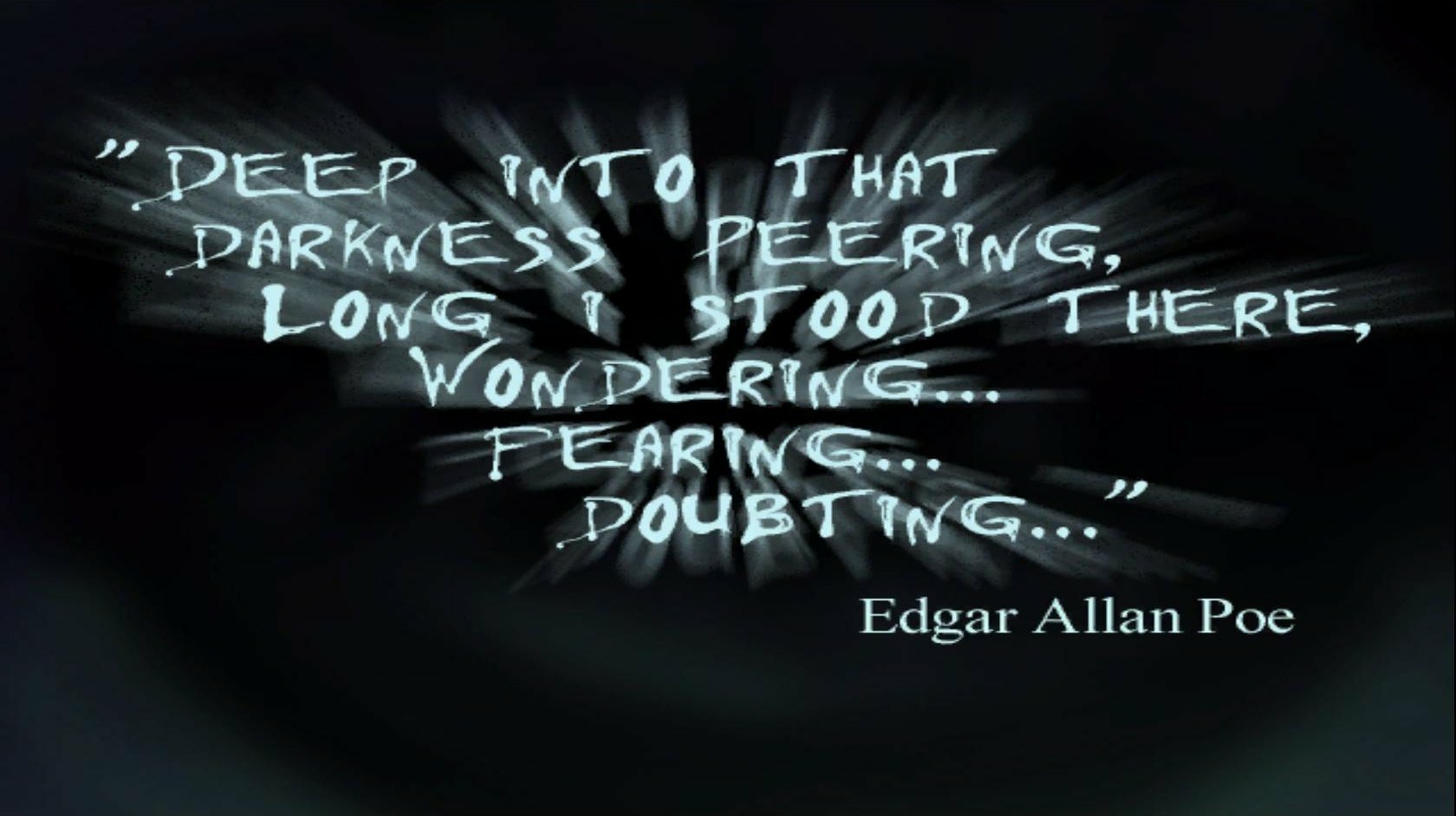
involvement, the wives and mothers of soldiers often noted in their diaries their fear that the war would drag on for years. Historian John Doe has argued that in 1941 “almost all Americans assumed the war would end quickly” (Doe 223). If it is especially important that you formulate a counterargument to this claim, then you might wish to quote the part of the statement that you find questionable and establish a dialogue between yourself and John Doe: “At the beginning of World War Two, almost all Americans assumed the war would end quickly.” Suppose you want to challenge the following statement made by John Doe, a well-known historian: Sometimes, in order to have a clear, accurate discussion of the ideas of others, you need to quote those ideas word for word. For example, papers analyzing literature may rely heavily on direct quotations of the text, while papers in the social sciences may have more paraphrasing, data, and statistics than quotations. The types of evidence you use will depend in part on the conventions of the discipline or audience for which you are writing. And quotations are only one type of evidence: well-balanced papers may also make use of paraphrases, data, and statistics. The majority of your paper should still be your original ideas in your own words (after all, it’s your paper). But packing your paper with quotations will not necessarily strengthen your argument. You have probably been told by teachers to provide as much evidence as possible in support of your thesis. Use quotations at strategically selected moments.

This handout will help you decide when and how to quote like a pro.

Used ineffectively, however, quotations can clutter your text and interrupt the flow of your argument. Used effectively, quotations can provide important pieces of evidence and lend fresh voices and perspectives to your narrative.


 0 kommentar(er)
0 kommentar(er)
